What Is a Partition Wall?
Important Point
The walls that make for division or privacy in the interior portion of a building and not Carried the ceiling load And floor load and that would make With bricks, glass, or other more materials is called partition walls.
It has many types like folding, collapsible and fixed types. If they carried a load of the walls and ceilings, then it’s called an internal wall.
The partition wall is the none load-bearing wall; it doesn’t support the floor or ceiling, used only for design purpose and partition purpose. Partition wall connects the floor and ceiling.
Temporary Interior Walls
A temporary interior wall is the same as other types of an interior wall, and this type of interior wall has various modifications. In temporary interior wall doesn’t contain electric wiring lines or plumbing lines.
This type of wall can be easily removed and easily repairable. It’s doesn’t so much expensive, like others. This temporary interior wall is built in the ground and set it to the place.
Sometimes it’s partially unfinished due to some reason, but that doesn’t hamper its beauty.
Uses of Temporary Interior Wall
Here, the uses of interior wall are as follwos.
- It divides a room and creates a separate space for another bedroom.
- It can create a small office in a large room.
- It covers all sewage lines and plumbing lines from sight to induce the beauty of the place.
- In the laundry, it creates a dryer vent, wire, pipes, etc.
- It can create a small storeroom at the side of the large room.
Walling Materials
There are different types of materials used to construct a wall. Some of them are-
- Brick
- Stone
- Glass
- Wood
- Plywood
- Cinder Blocks
- Metal Sheet
Lest know for details of partition wall material.
1. Brick
- The brick is mainly used as wall material because it’s very easy to use and economical.
2. Stone
- In ancient times, the stone is used as a wall material.
3. Glass
- Now a day glass is a very useful material.
4. Wood
- Wood is used as wall material, and it’s quite a bit expensive, but the durability & longevity of wood is extremely good.
5. Plywood
- It’s used in Interior wall materials.
6. Cinder Blocks
- Cinder block used to the soundproof barrier, and it’s economical.
7. Metal Sheet
- It’s quite expensive, but the durability of this type of sheet is high.
Types of Interior Wall Materials
There are different types of materials available in the market. Some of them are-
- Plywood
- Cement Blocks
- Brick
- Glass
- Acoustic Tiles
- Wood
- Steel Sheet
1. Plywood
- It is a bunch of wooden sheets glues together. Plywood is easy to use and easy to handle; the cost of this product is also reasonable. It’s excellent for crafting purposes.
2. Cement Blocks
- sometimes hollow or solid cement block is used. It’s good to resist sound and heat. Using paint on it, it will give a fashionable look.
3. Brick
- It’s an ordinary material. Most of the construction site uses bricks. Nowadays fly ash bricks are also a good substitute for fire clay bricks.
4. Glass
- It’s a little bit of expensive material used in bathroom partition, kitchen, etc.
5. Acoustic Tiles
- It’s an excellent soundproof material. It also gives us a stylish look at a reasonable price.
6. Wood
- Wood is the most versatile material. It’s an economically feasible and extremely stable product. It provides good sound insulation and withstands the high cold. Wood is also a biodegradable material.
7. Steel Sheet
- Steel sheet carries a great strength, so it’s used in building walls. Without taking cracks, it bends easily, but it’s a little expensive product.
Types of Partition Walls
There are many types of partition walls, those are-
- Brick Partition Wall
- Glass Partition Wall
- Hollow Clay Bricks Partition Wall
- Concrete Partition Wall
- Plaster Slab Partition Wall
- Timber Partition Wall
- Metal Lath Partition Wall
- Straw Board Partition Wall
- G.I. Sheet Partition Wall
- Asbestos Cement Partition Wall
1. Brick Partition Wall
The brick partition wall is the very hard, durable and reusable material product. It’s very economical to construct. The brick partition wall is effective in heat resistant and soundproof.
Some disadvantages of brick partition walls are-
- Brick partition wall takes so much time to construct.
- This type of walls can not be used in a seismic zone.
- It’s very difficult to clear those brick partition wall.
Also. Read: Estimation for Building Works | Centre Line Method | Long and Short Wall Method
2. Glass Partition Wall
The glass partition wall is a large piece of glass or hollow block of glass. This is mainly fitted in a wooden frame structure. It’s a very lightweight and very cheap product. This type of wall is extremely good in damp proof, soundproof, and easy to wash.
3. Hollow Clay Brick Partition Wall
This type of brick are made by clay, and they are lightweight, economical and durable. They are satisfactory in heat resistance.
4. Concrete Partition Wall
- This type of concrete wall consists of a slab; it may be reinforced or plain concrete. Normally the slabs are precast, but cast in situ slabs are also used.
5. Plaster Slab Partition Wall
Plaster slabs are made from burnt minerals or plaster of Paris and mixed wood. The thickness of the slab is nearly 5 cm to 10 cm.
Also Read: Dfferent Type of Washers
6. Timber Partition Wall
The timber partition wall is made of lumber piece, which is rigidly fixed with one another.
7. Metal Lath Partition Wall
In this type of partition wall formwork is constructed by steel or timber. Lath is tied in the structure by galvanised iron. It needs plaster on both sides and good insulation against heat and sound.
8. Straw Board Partition Wall
This type of partition wall is made of compressed straw hardboard. It’s good to resist heat and sound & those are easy to construct.
9. G.I. Sheet Partition Wall
In this type of partition wall galvanized iron sheets are used which are durable, rigid and economical also.
10. Asbestos Cement Partition Wall
These walls are lightweight, long lasting, waterproof and fireproof. Asbestos sheets are placed by a timber framework in a fixed position and use cement as an adhesive material.
Also, Read: What Does Parapet Mean | Types of Parapet Wall | Uses of Parapet Wall
Partition Wall Definition
A partition wall is a non-load-bearing interior wall that is designed to support only the materials of the hall itself; it does not support the ceiling or floor above. A partition wall typically connects to the floor below and to the ceiling joists or floor joists that make up the ceiling above.
Walling Materials
Materials used in wall construction include brick, stone, concrete, and clay blocks, cast-in-place concrete, rammed earth, sods, lumber sleepers, steel sheets, gabions, and earth-filled structures.
Types of Interior Wall Materials
- Wood Panelling
- Tile Cladding
- Pebbles Finish
- Flakes Finish
- Canfor Finish
- Coral Finish
- Sand Textured Finish
- Stained Glass Finish
Types of Partition Walls
- Brick Partitions Wall.
- Clay Brick Partition Wall.
- Glass Partitions Wall.
- Concrete Partitions Wall.
- Plaster Slab Partition Wall.
- Metal Lath Partition Wall.
- A.C. Sheet or G.I. Sheet Partitions Wall.
- Wood-Wool Partition Wall.
- Timber Partitons Wall.
Like this post? Share it with your friends!
Suggested Read –
- Difference Between Marble and Granite | What Is Marble and How Is It Made | What Is Granite and How Is It Made
- What Are Walls | What Is Interior Walls | Types of Interior Wall Materials | Types of Wall Construction | Types of Load Bearing Wall
- Building Layout | How to Building Layout | What Is Method of Layout of Building | Control Lines of Construction | Construction Layout
- Emulsion Paint Vs Oil Based Paint | Purpose of Providing Paints | Properties of Good Paint | Properties of Good Paint | What Is Oil Based Paint
- Difference Between Sketching and Drawing | What Are Conceptual Sketches | Architecture Concept Drawing | Types of Drawings for Building Design
- Definition of Shear Force and Bending Moment | What Is Shear Force | What Is Bending Moment | Relation Between Loading, Shear Force & Bending Moment
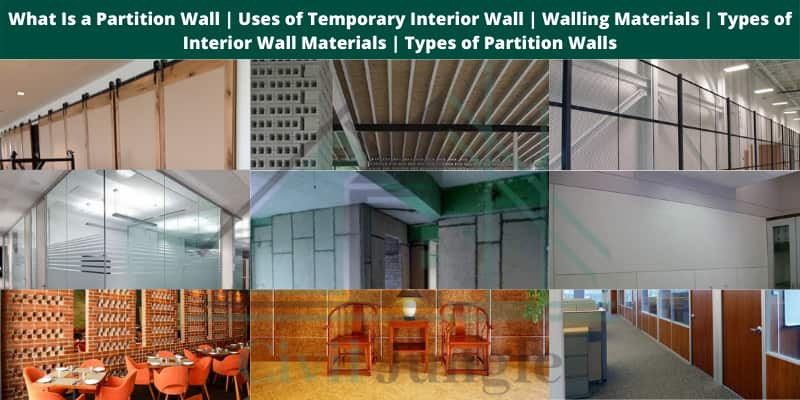
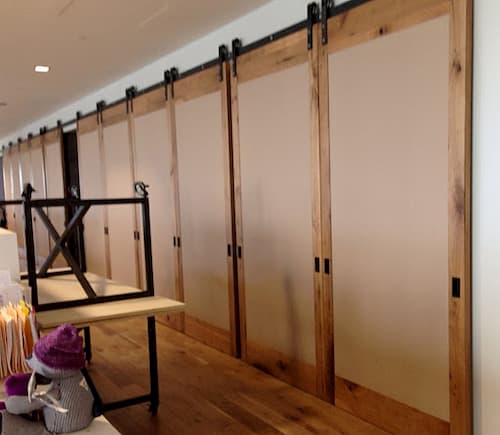
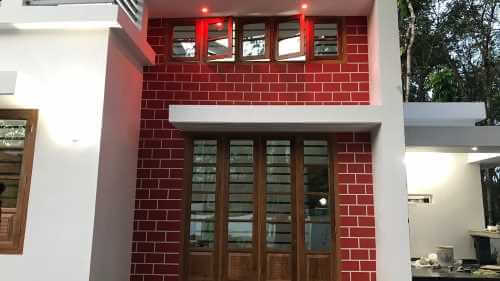
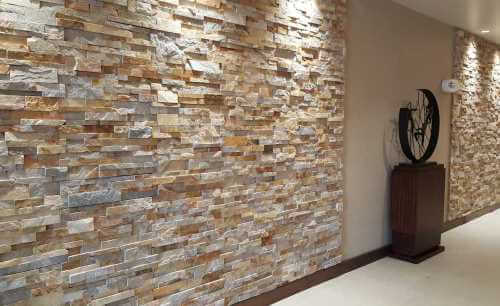
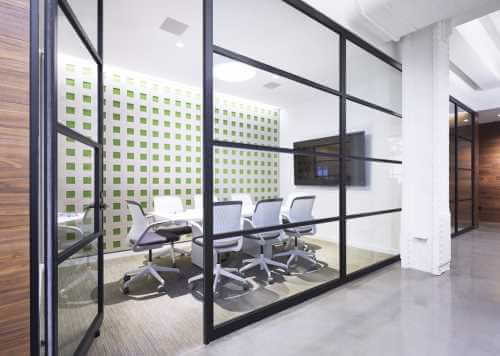
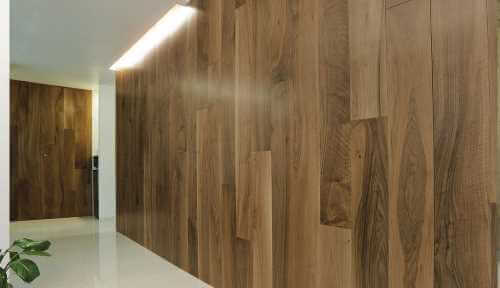
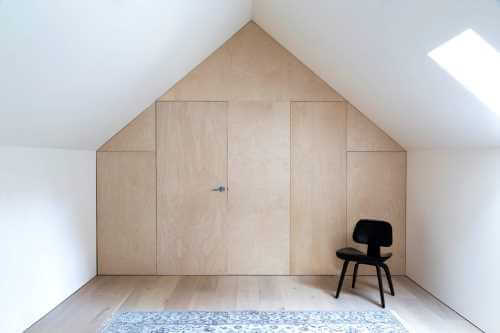

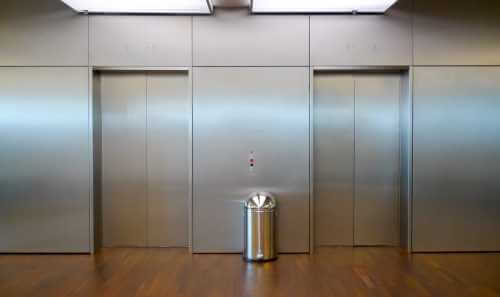
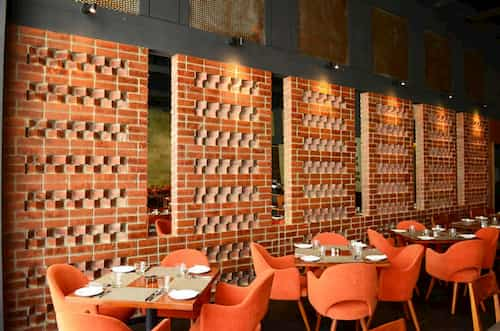
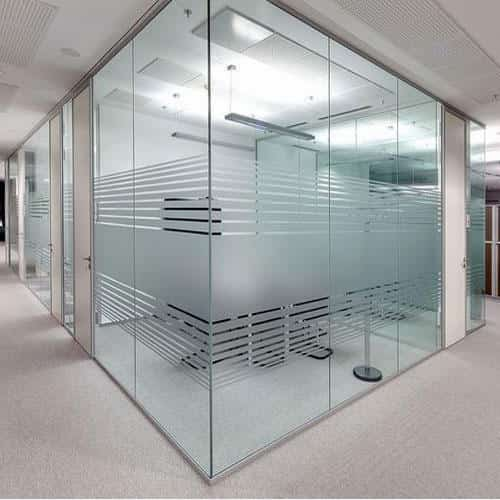
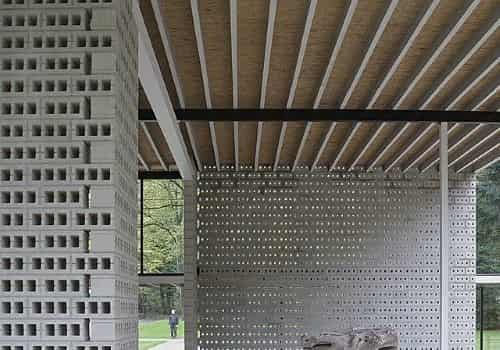
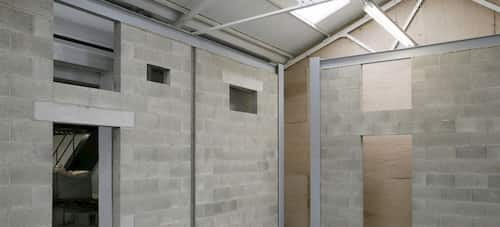
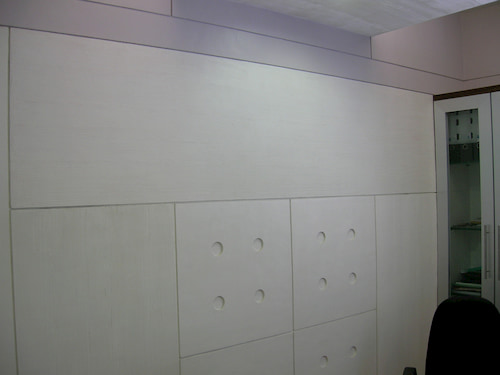
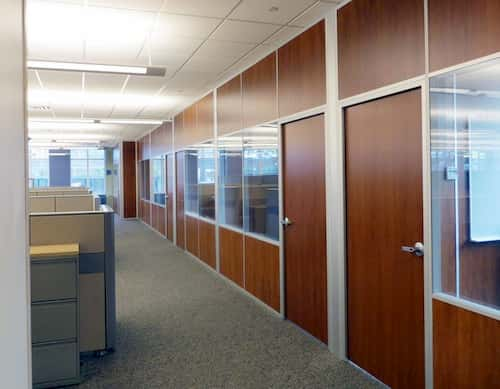
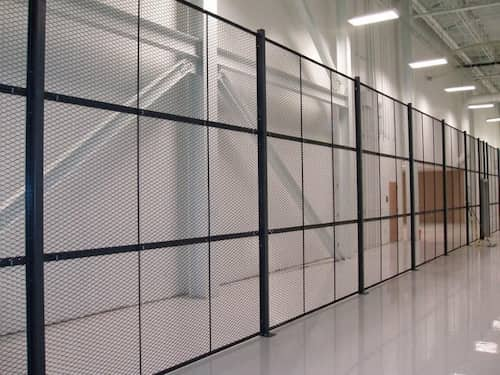
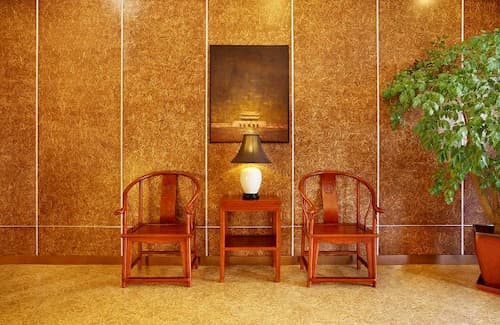
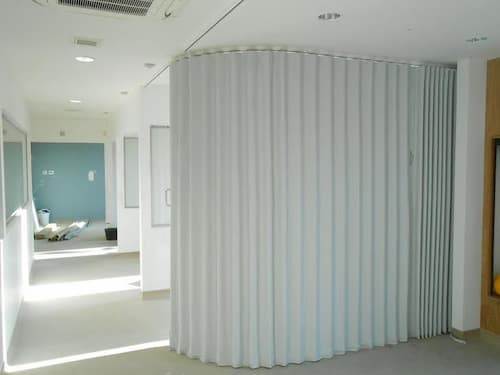
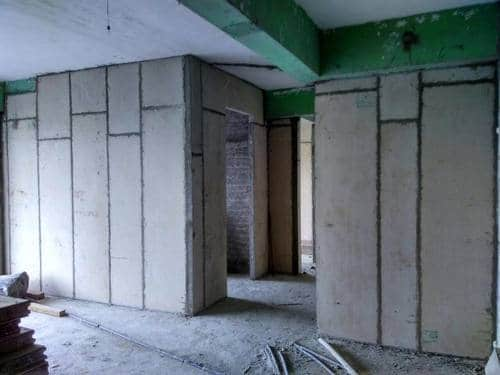

Leave a Reply